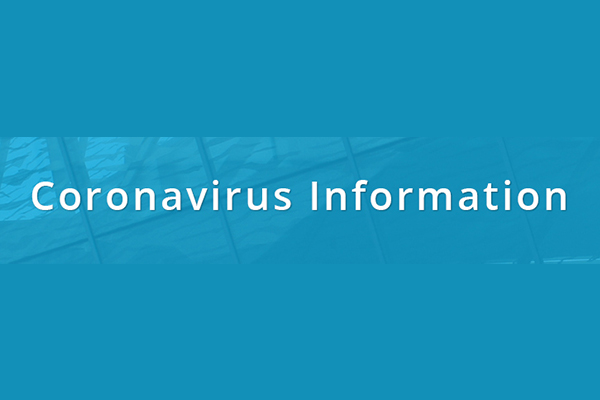Isolation and Quarantine aren’t the same! Here’s a little help understanding the difference
Two years into the COVID-19 pandemic, we’ve all learned a lot (maybe way more than we wanted to!) about public health.
One question that can still be confusing is about quarantine and isolation. While these words are often used interchangeably, they actually refer to distinct medical orders. Here’s a quick guide to understanding the difference!
So how are isolation and quarantine different?
Isolation separates sick people with a contagious disease from people who are not sick.
Quarantine separates and restricts the movement of people who were exposed to a contagious disease to see if they become sick.
In the context of COVID-19 management:
Isolation is for people who have been infected with COVID-19.
Quarantine is for people who have been exposed to COVID-19 through close contact with someone else who is infected.
Isolation is a preventative measure taken when someone tests positive and is known to be carrying the virus. This is consistent in any cases of a positive test: Whether you’re vaccinated or not, and whether you have symptoms or not, if you test positive you will be directed to isolate to prevent spreading COVID-19 to others.
Quarantine, on the other hand, is a precautionary measure for when someone might be carrying the virus. People who enter quarantine are usually directed to get a COVID-19 test, and to remain in quarantine to monitor their symptoms until their test results come in.
Current Ulster County Health Department guidance indicates that people who are up to date on their vaccination (boosted if eligible, AND at least two weeks past their booster dose) should not be directed to quarantine if exposed to the virus. They are still directed to get a test 3-5 days after their exposure.
Unvaccinated or partially vaccinated people, including those who got their booster less than two weeks before the exposure, will be directed to quarantine if exposed.
Read more about New York State’s isolation and quarantine guidance here.
What about for the people in quarantine or isolation? Is it the same experience either way?
In practice, COVID-19 isolation and quarantine are very similar for those who are so directed: They remain separated from other people for a set period of time (presently 0+5 days, where Day 0 is the date positive test/exposure/onset of symptoms, then 5 additional days after that).
One important difference is that individuals who are in isolation can isolate together: If two people both have COVID-19, there is usually no reason to separate them from one another.
People who are quarantining must do so alone, however, because it is still uncertain whether they have been infected. It makes sense: If two people are exposed to the virus and only one is infected, that one could infect the other if they quarantine together.
At SUNY New Paltz, this means that quarantine takes up more on-campus housing capacity than isolation. Students who test positive and need to isolate on campus can share rooms/suites with other isolating students who have also tested positive. Students who are quarantining while they await their test results need to have their own rooms.
In 2022, students who live on campus, are eligible for a booster, and haven’t been boosted yet will not be permitted to quarantine on campus if exposed to the virus. They’ll be responsible for arranging their quarantine off campus at home or another location. More details about that policy here.

